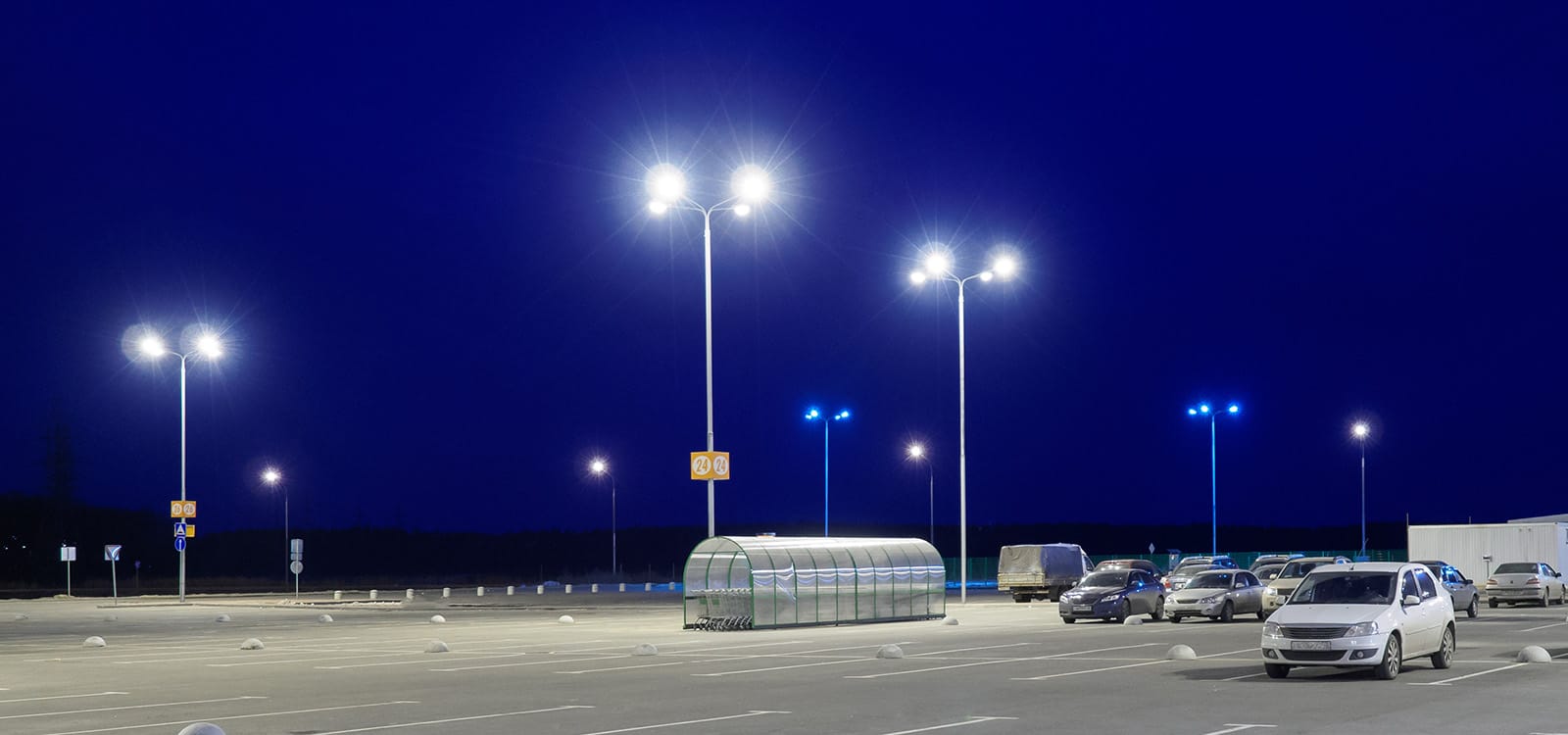LED lights are grabbing everyone's attention due to their numerous benefits. It has become quite common to have these lights installed on different premises, be it commercial facilities, roads, parks or warehouses, etc. Along with the led area lights, a crucial aspect to consider is the kind of fixture for it.
With traditional light fixtures, it is only required to view the light source and power, but when it comes to LED light fixtures, a lot more needs to be considered.
Let me introduce you to all the features you need to understand to determine the best fixture for your LED light.
What Elements to Look for Buying Fixtures for LED Area Light?
Size and Power consumption:
Fixtures come in a variety of sizes and shapes. So, to ensure that the size you buy is accurate as per your requirement, you must take measurements.
After size measurements, you must select the required wattage outcome.
Brightness:
The brightness of a lighting fixture is measured in lumen (lm). Brightness is essential to be checked while buying the LED light.
Efficiency:
It is measured by dividing the brightness by power consumption. High efficiency indicates the presence of good chips utilized in the fixture.
Color temperature:
A study suggests that the cold color temperature ranging from 5400K-6500K should be preferred in industrial or commercial properties as this gradient keeps the people focused. In comparison, a color temperature between 4000K-4500K is suggested in places where much attention is not required, like a park or garage. A warmer color temperature from 2700K to 3500K is the demand for a resting or sleeping room.
Power factor:
It is the ratio of helpful power used by a load to use less power. In simple words, it describes the efficiency of load current conversion into light output. To explain things, let's assume a 10 watts LED fixture has a power factor rate of 0.2, referring to 20% valuable while 80% wasted power.
Lifespan:
Where LED light has the benefit of a long lifetime, there is a chance of decline in the expected life over time due to bruising of the epoxy housing of the LED as time passes.
Photometric curve:
Each light fixture consists of a specific photometric curve that reflects the measurement of luminous flux values and other lighting characteristics. This procedure is applied all over the fixture, not only to the LED segment. Present regulations must be followed for photometric curve measurement.
Conclusion
LED lights industry is on a steady drive to evolution. Thus, it is vital to keep up with those and choose the right panels for the fixation.
Although quite a few times you don't even need to buy new fixtures and operate these lights in existing ones, you have to make sure that it is neither confined nor has an old dimmer design. These factors are going to diminish the efficiency of lights. The socket should be of the same size and type, of course. Also, ensure the watts prescribed for that specific fixture and avoid lights of a higher power.


